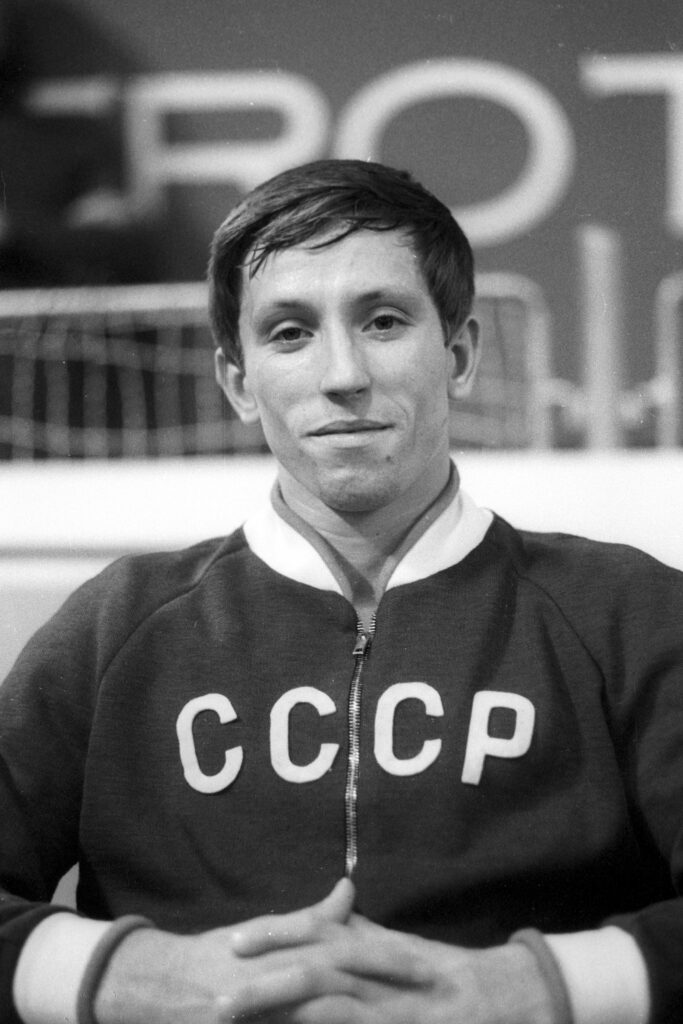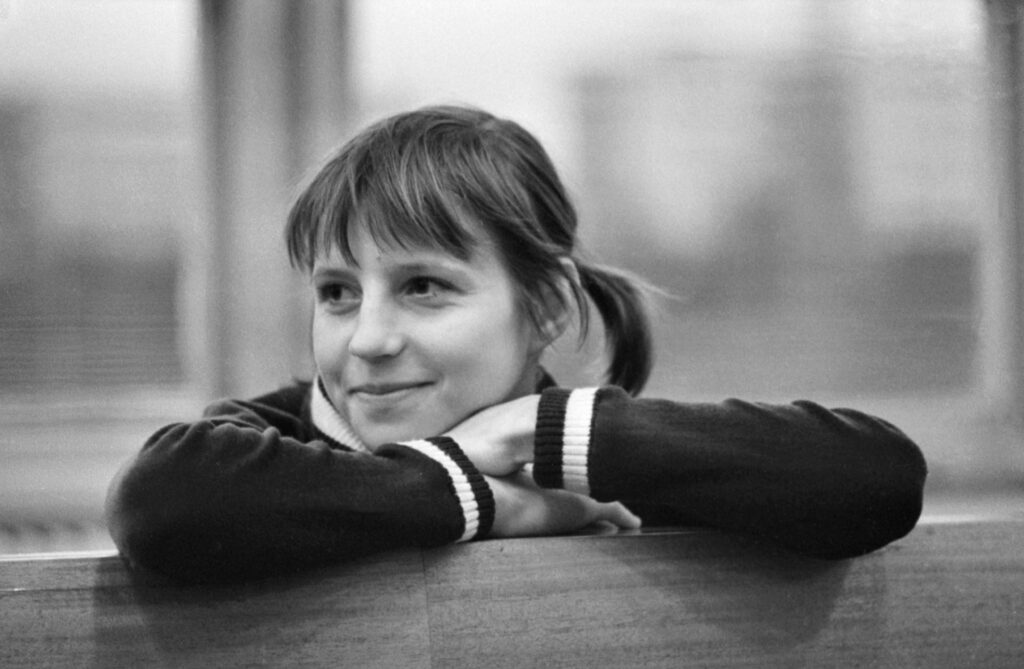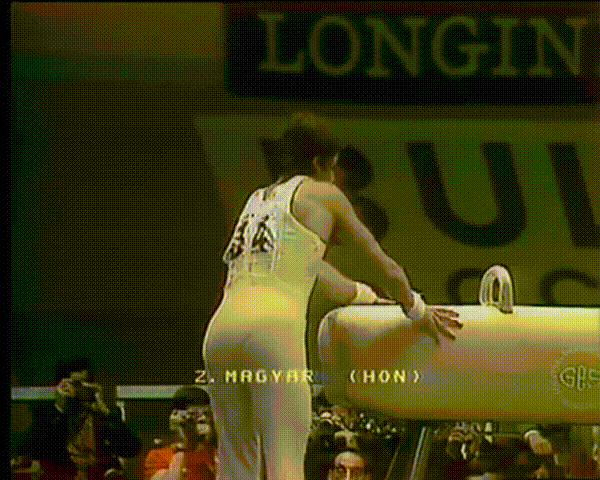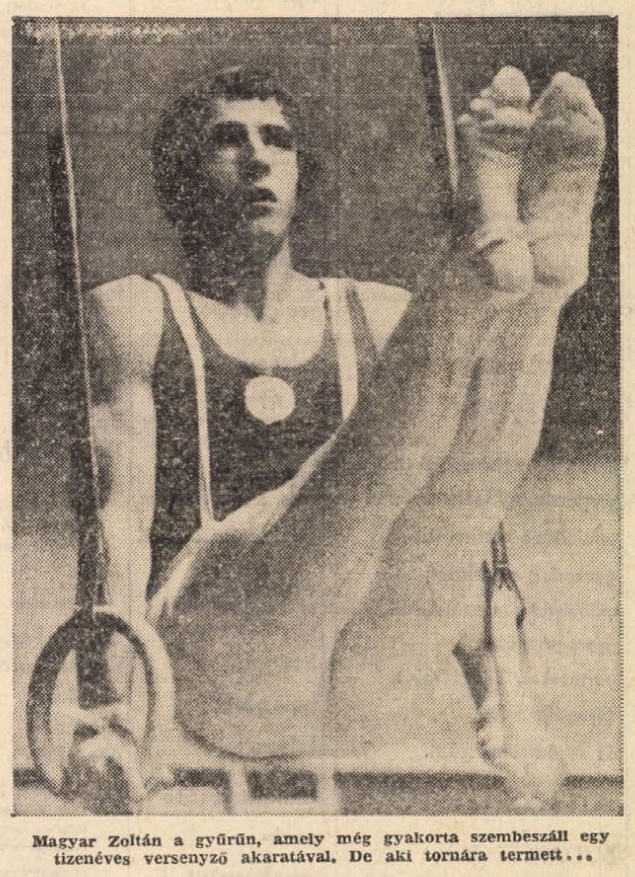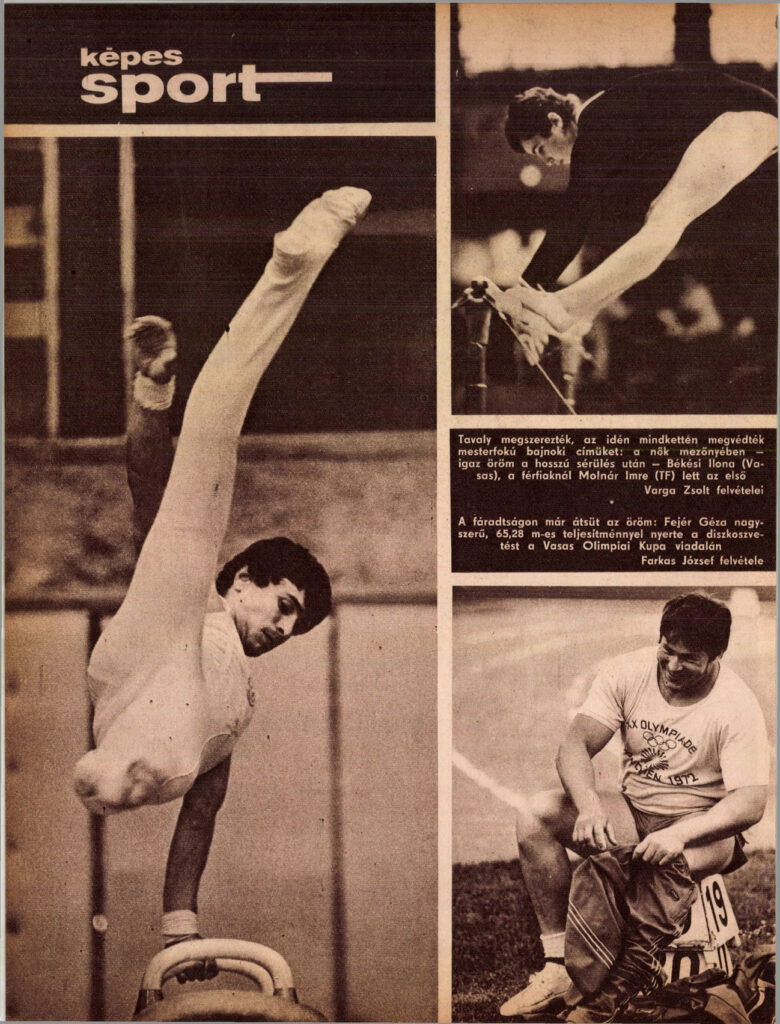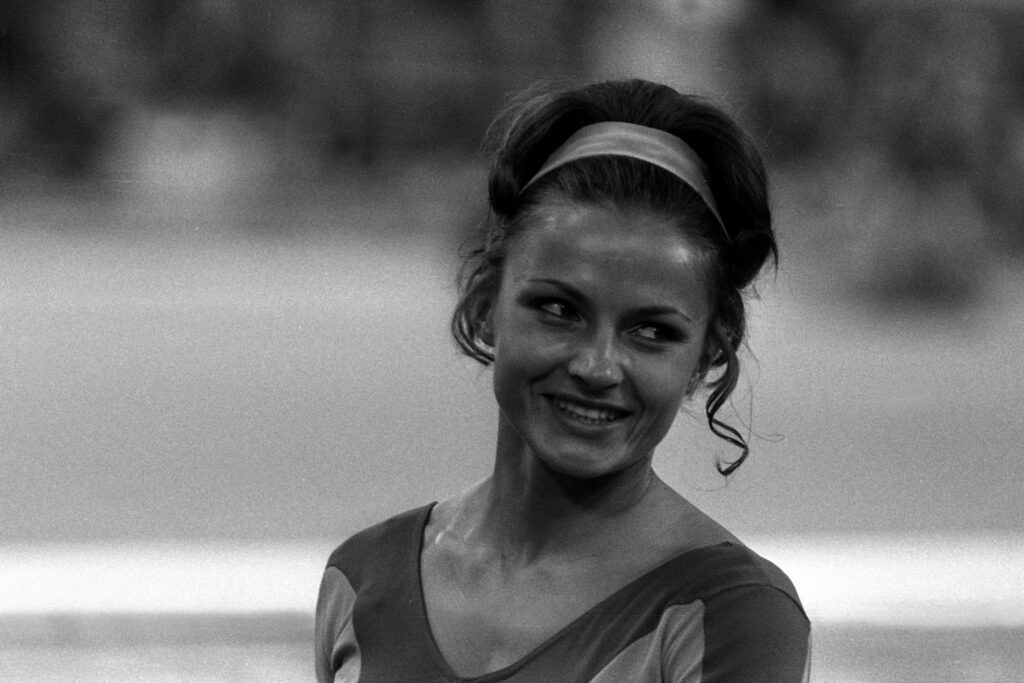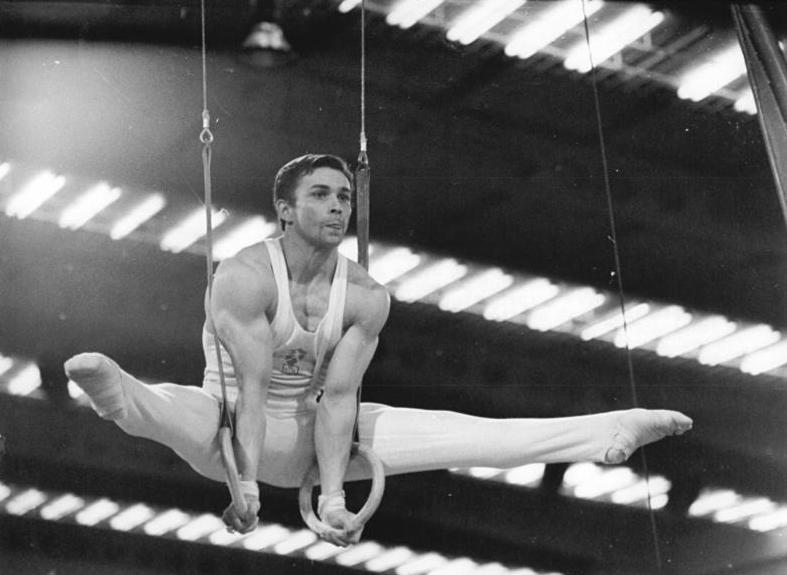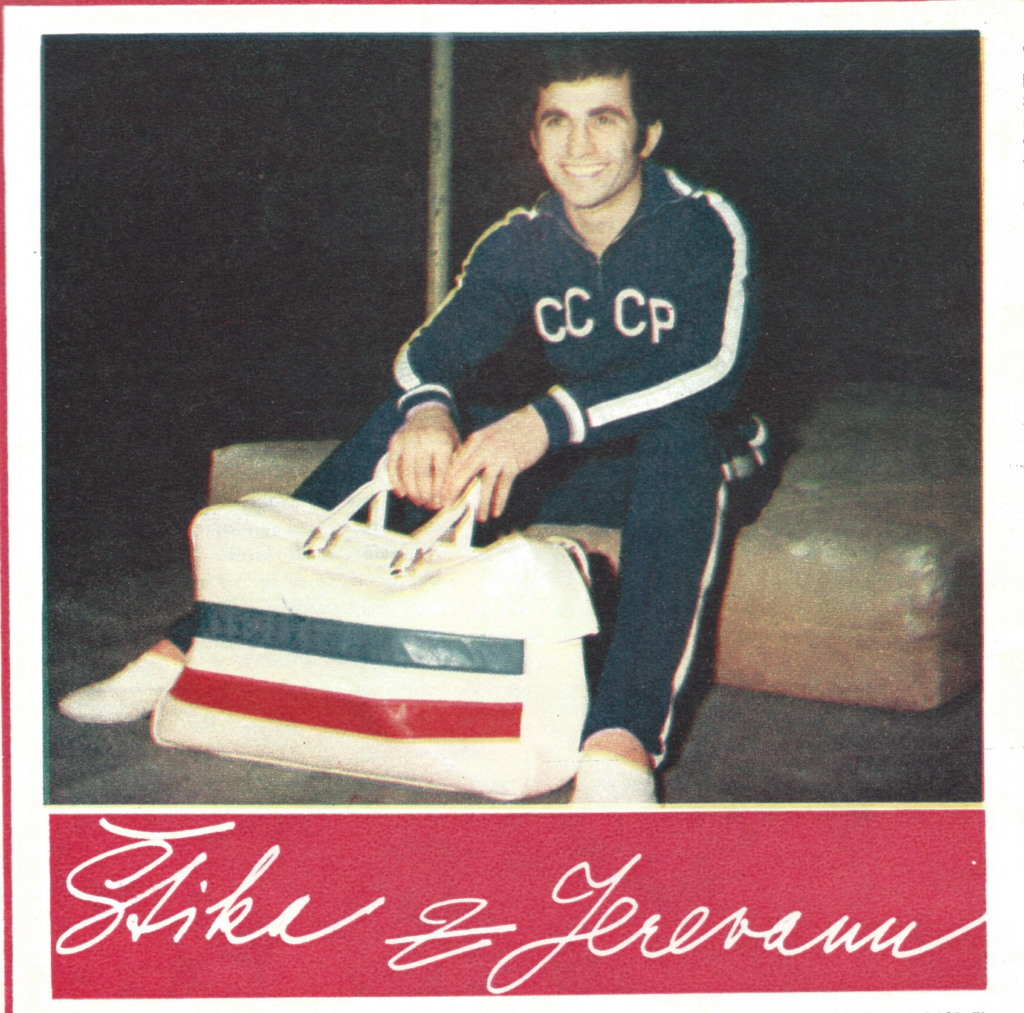Going into the 1972 Olympics, Tamara Lazakovich was one of the favorites. At the 1971 European Championships, she tied with Ludmilla Tourischeva for all-around gold. In addition, she won gold medals on the uneven bars and balance beam, as well as silver medals on vault and floor exercise. At the time, Berthe Villancher, President of the Women’s Technical Committee, held Lazakovich up as the ideal on beam.
The magazine Soviet Life ran a short profile of Lazakovich before the Olympics. It gives the details of her career.
Note: You can read an interview with Lazakovich here. It gives some interesting details about her career. For example, Lazakovich wanted to quit the sport.
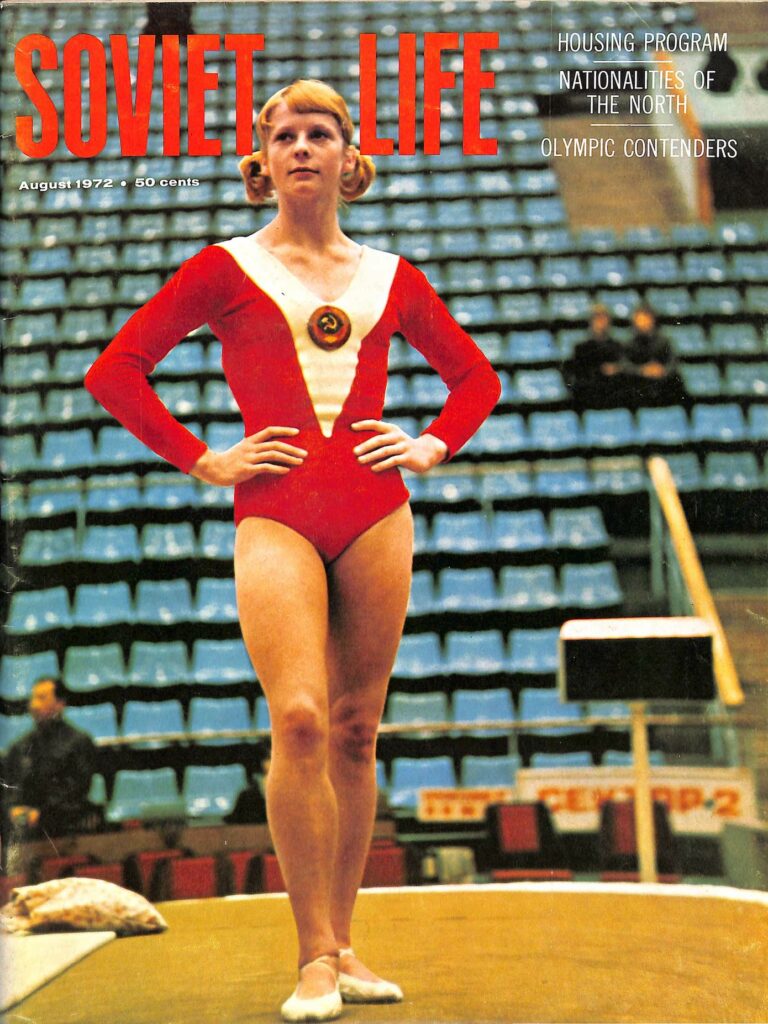
Author: Lev Kuleshov
Photographs: Sergei Lidov
